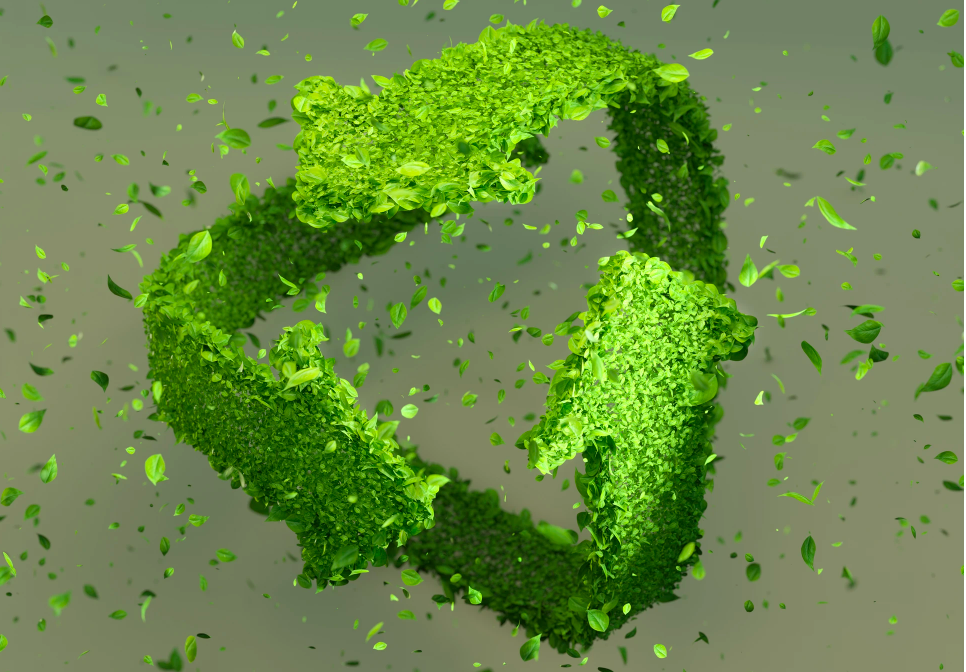Recycling: Will new sorting guidelines help with the recycling process?
We’ve all done it: had no idea what piece of a product can be recycled or not so we just threw the entire item away in the waste bin. Recycling can be confusing. With all the different pictograms, labels, numbers and coding it can be hard to understand what needs to be sorted in which waste stream. With all of us trying to consume more responsibly, sorting and recycling should be reliable and straightforward. With easier to understand general information, this could encourage more people to want to sort properly.
Plastic, glass, cardboard and paper are the most common types of recyclable materials used in cosmetics. According to National Geographic only 9% of plastic is being recycled every year meaning 91% of recyclable materials go to landfills every year. Advancements in product design and materials are rapidly changing how we recycle which is the most significant way to reduce litter and help conserve the planet.
New Solutions
Recently, France implemented a new sorting guidance. This sorting information encourages French consumers to dispose of their packaging waste in the correct sorting bins. This logo uses text and/or pictograms to represent the materials used for packaging and the correct waste stream for them to be disposed of.
With this easy to read label requirement, the entire goal of this sorting guidance is to harmonise the separate collection systems within France. The sorting information provides more readily understandable information for citizens and consumers so that recyclable products are separated properly.
Italy has also been paying attention to the growing demand for a more sustainable environment. Like France, they want to clearly identify the information on labels to strengthen the collection, reuse, recovery, and recycling of packaging.
Italy doesn’t specify the format for the display of information, but most businesses use a table label (in Italian) to showcase the information on the final destination of packaging so that each material is correctly disposed of at the end of its lifecycle. Unfortunately, neither of these solutions are harmonised throughout the EU so their compatibility with bringing these ideas to other markets might be tricky.
Outdated Design
These detailed types of recycling guidance are a lot different than the usual mobius loop we’ve seen for years and years.
This simple symbol is becoming more outdated with the various waste streams and endless materials used nowadays. Consumers are wanting to be more educated and make informed decisions before and after they buy a product on how sustainable the packaging is so they can hopefully help the environment and reduce waste.
Conclusion
With the rise of global warming, sustainable options, and a more eco-conscious mindset, let’s hope that these small initiatives will make a big effort in easing the understanding of recyclables to increase the percentage of materials recycled every year. After all, companies are starting to come up with innovative ideas to reduce single use plastics. Local authorities and stakeholders involved in packaging waste sorting have also an important role to ensure that sorting systems are clear and efficient. If we all start paying closer attention to items and materials that can be recycled, the earth can benefit from less waste in our landfills. Cosmetics brands looking to launch in different member states will need to make sure their packaging is labelled with the local mandatory recycling information.
If you need any support in navigating this new regulatory landscape please contact the Bloom team.
Ember Bryant




